Downtown Manchester, New Hampshire, had a problem a couple decades ago. It may sound familiar.
The mills had closed — in Manchester’s case it was a mile-plus line of mills along the Merrimack River, once the largest mill complex in the world — a huge shopping mall had been built outside of town, box stores were going up in the suburbs and downtown was stagnant and empty.
Adding to the bad economics were logistical issues. Boston Globe columnist Mike Barnicle once joked that Manchester was the only city that had a downtown main street that ended in a dead end. Well, the joke was on him. Elm Street, Manchester’s downtown main street, actually ended in two dead ends.
When city officials seriously began to talk about pepping downtown up in the late 1980s and early 1990s, it was met with the cynicism and low self-esteem brought on by a city that had seen its mills go bankrupt and its stores leave.
If any of this sounds familiar, though on a smaller scale, you’ve probably lived in the Augusta or Waterville area for a while.
Downtowns that started going south when the mills left and box stores and malls arrived. Downtowns that are hard to get to. Downtowns that have seen better days.
The best of times haven’t been here for these two cities’ downtowns in so long the worst of times seem normal.
Aside from the issues that changing economics and lifestyles have brought, both cities — like Manchester with its two dead ends — have their own unique logistical issues.
They are both “you can’t get there from here” downtowns.
Anyone approaching Waterville from the south will logically get off exit 127. The straight shot down Kennedy Memorial Drive and Silver Street ends — if you don’t know what you’re looking for — at a parking lot. Turn right? If you don’t end up in Winslow, you end up on one-way Front Street and before you know it, you’re shooting out of town on College Avenue or Main Street.
It’s like being on Apollo 13. You’re orbiting the moon; you just are never going to be able to land on it.
Augusta has it just as bad.
“I’m still looking for Augusta’s downtown. Where is it?” someone new to the city said to me recently.
Um. Well.
Augusta’s beautiful three blocks of downtown is tucked between the Kennebec River and a steep hill, and you have to want to get there to get there, navigating a tangle of streets and Augusta’s infamous traffic rotaries.
It’s another Apollo 13 situation. The view from Memorial Bridge of the federal building and other buildings lining the river with the green apron of the Front Street park is breathtaking.
Despite the challenges, the two cities are going from decades-long worst of times to what could end up being best of times.
Waterville has it a little easier. The city has found its sugar daddy in Colby College, which has recently put a huge amount of effort and resources into downtown, including buying three buildings on Main Street that have been empty for a long time and are deteriorating.
It benefits Colby to have a thriving city to lure potential students to.
But the benefits to downtown Waterville are immeasurable, including Colby’s promise to have students and faculty living downtown.
No one was on the horizon to buy those deteriorating buildings. No one else is promising to inject actual human beings into downtown residences.
Other developers have also made a big effort. Charlie Giguerre recently renovated his Silver Street Tavern building to include high-end apartments and is confident they’ll be filled.
Bill Mitchell bought the Masonic Hall and the adjoining building on Common Street and already is in talks with a restaurant.
Scrappy Augusta is also working hard to make it.
It recently suffered the twin blows of losing one if its more popular restaurants and other business when the code enforcement office shut down a building that housed Gagliano’s Italian Bistro, Patricia Buck Bridal and the Forbidden Fruit retail shop in August.
And Steve Pecukonis, hired as downtown manager of the Downtown Alliance, abruptly quit after two years Oct. 2.
But the small changes that have been made, largely thanks to a dedicated group of local business people, have taken hold and are taking off.
Augusta has the benefit of having a really striking and scenic downtown. It deserves to be regarded as the jewel it is.
Augusta has its own Colby College, in a way. The huge effort that the Parkhurst family has put in to develop buildings, including Richard Parkhurst’s plans to buy and redevelop the building the code office shut down two months ago, is paying off.
There’s also the dedication of the few retail businesses in the downtown — like Stacy’s Hallmark — in a three-block stretch that has way too many service-oriented businesses and not enough retail.
The Colonial Theater renovation on an end of the street that doesn’t get enough credit for its scenic appeal will help a lot.
A small handful of restaurants that have opened in the last few years also helps get people to Water Street. Charlamagne’s opened a few years ago, and the Downtown Diner has been hopping since moving from Mount Vernon Avenue in 2011.
In Manchester, New Hampshire, there was a lot of pushback to development ideas, borne largely from a city that had been battered by mill closings and other bad news for decades. But a dedicated force of people pushed and fought to bring it back. A baseball park, complete with a minor league team, was built where the old “hobo jungle” was by the river. A civic center went up. Both not without a fight from residents and officials who believed they would be costly boondoggles.
But they got built, and with them came restaurants, and people, and a much peppier downtown.
Closer to home, Portland did it, too, turning the scummy Old Port of the 1960s and 1970s into a trendy boutique-shop-and-restaurant-filled destination point.
Augusta and Waterville are smaller cities. It’s not ballparks and civic centers or an Old Port-style makeover that will save the downtowns.
What it will take is imagination and the dedication of people who believe it can happen. Both cities have that.
Now if they could only do something about the one-way streets and getting people there from here.
Maureen Milliken is the news editor for the Kennebec Journal and Morning Sentinel. Email her at mmilliken@centralmaine.com. Twitter: @mmilliken47. Kennebec Tales is published the first and third Thursday of the month. For previous Kennebec Tales, go to centralmaine.com.
Send questions/comments to the editors.

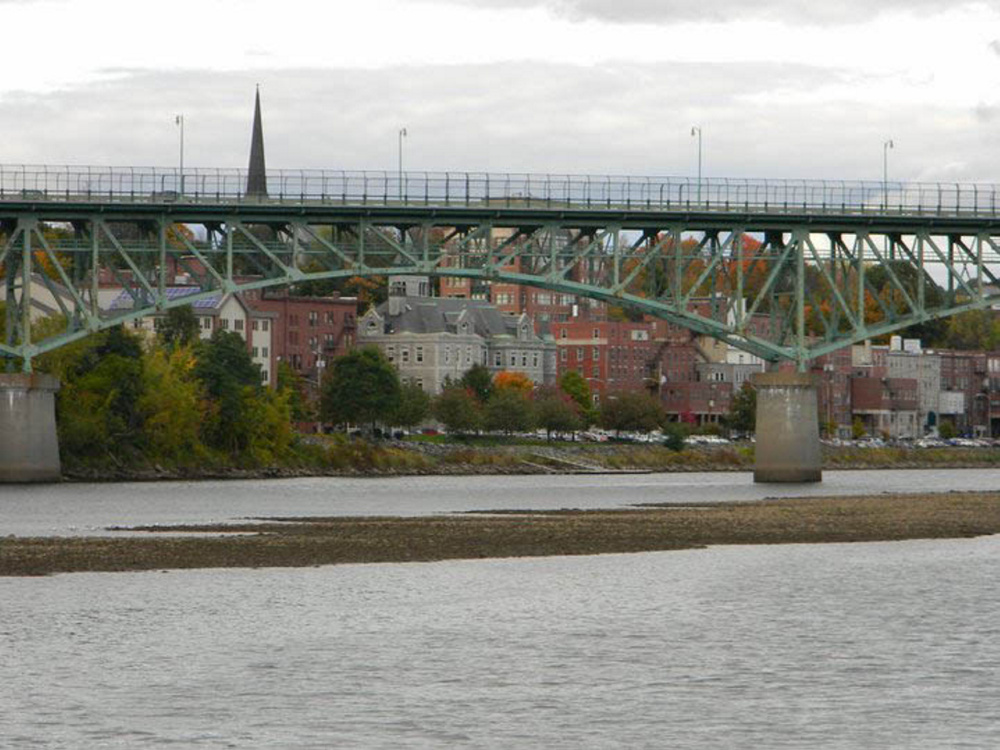
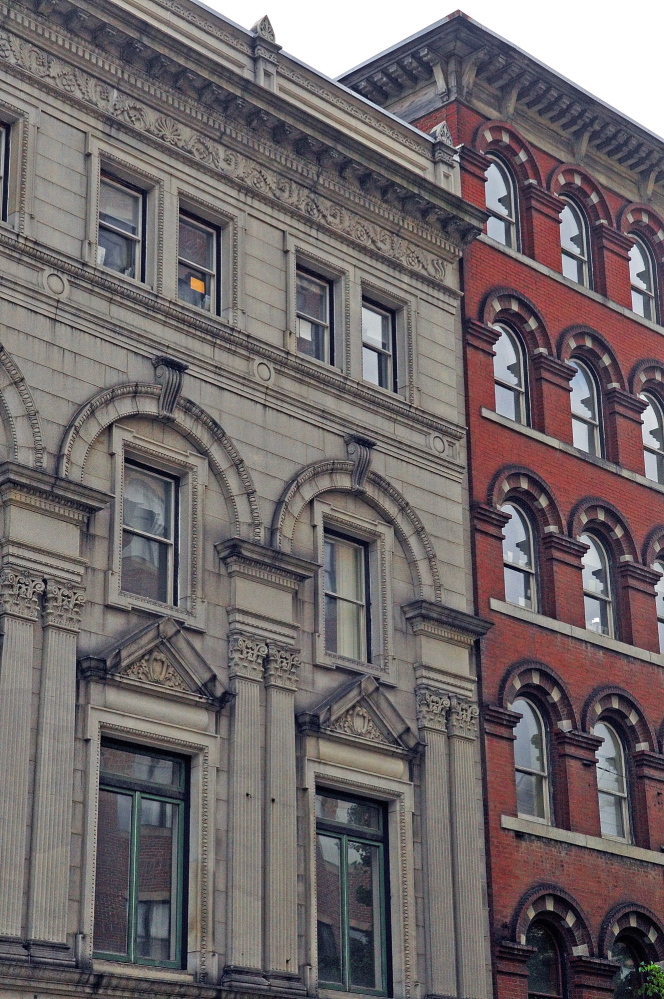
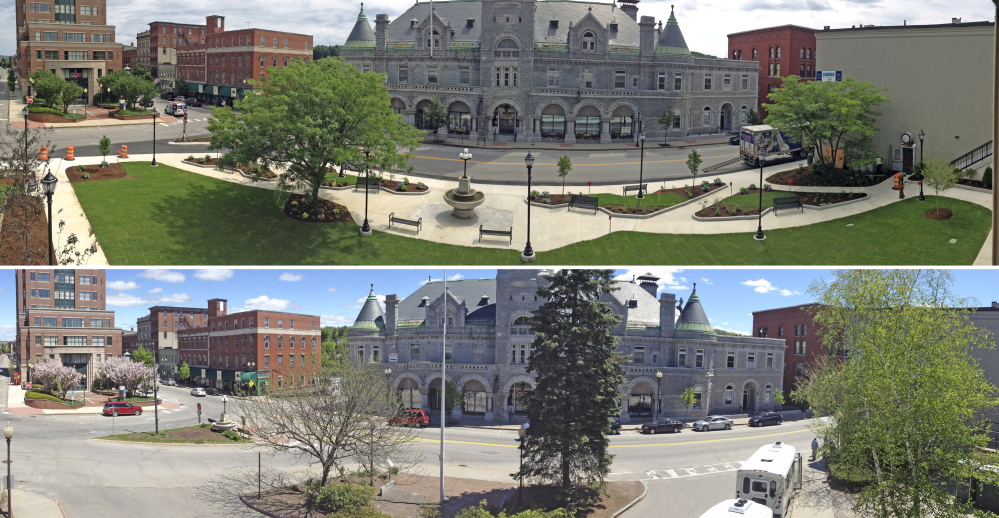
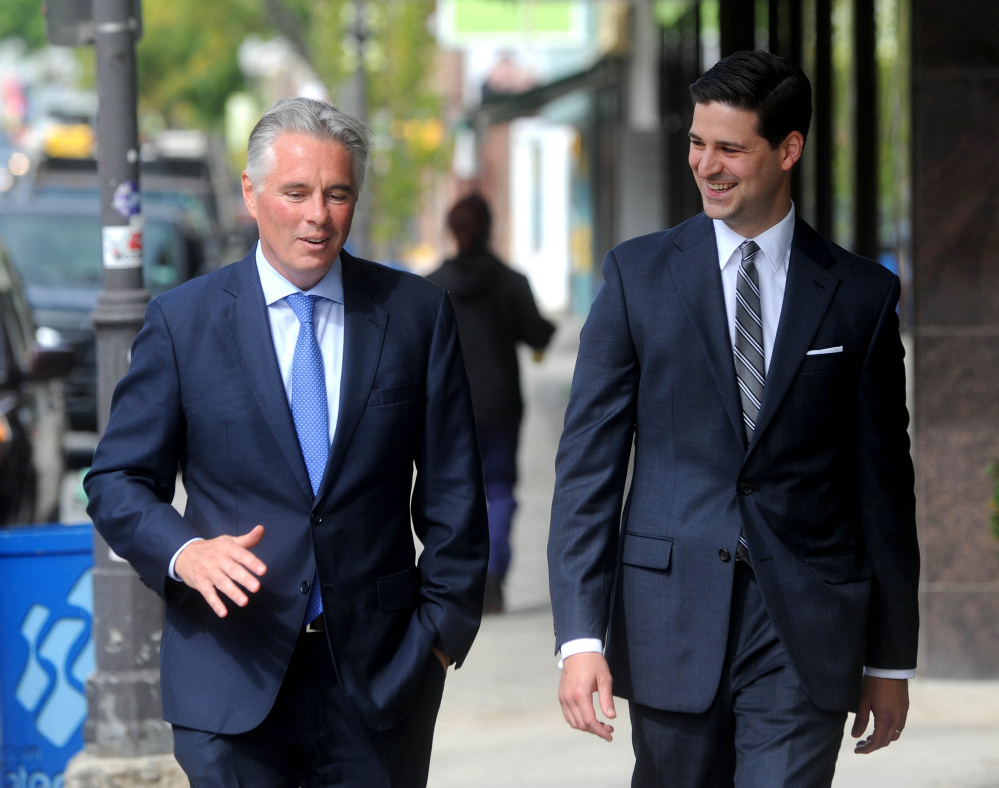
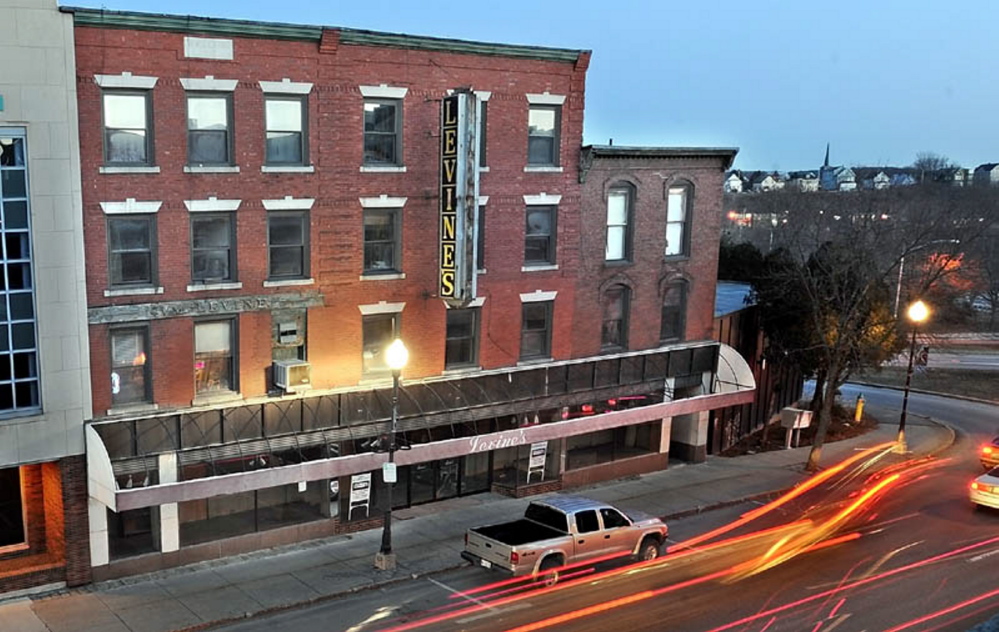
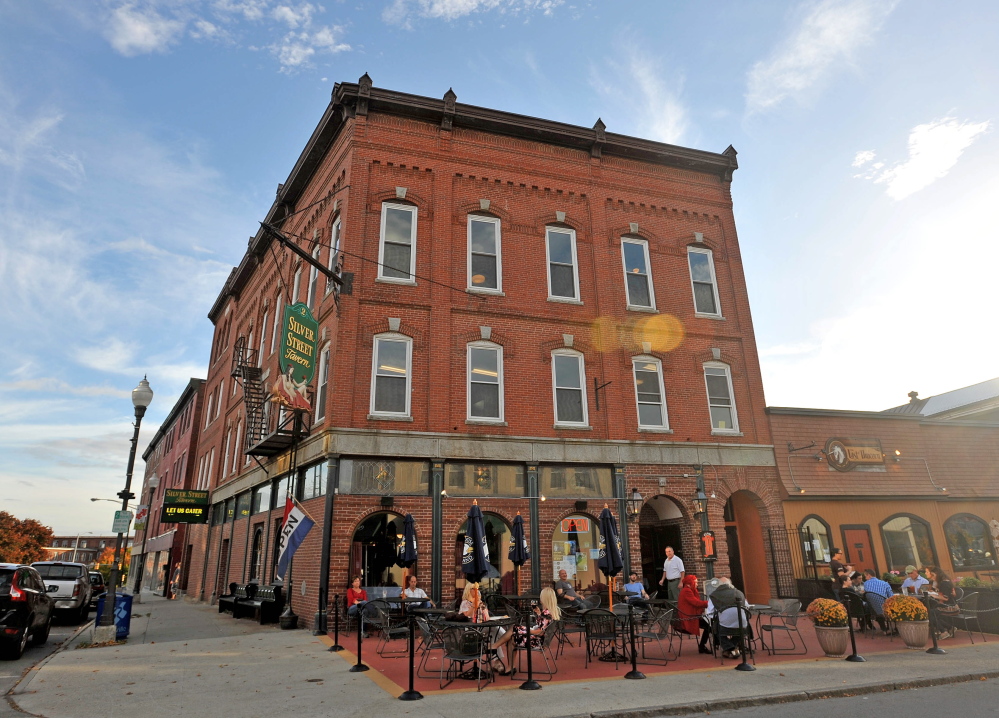
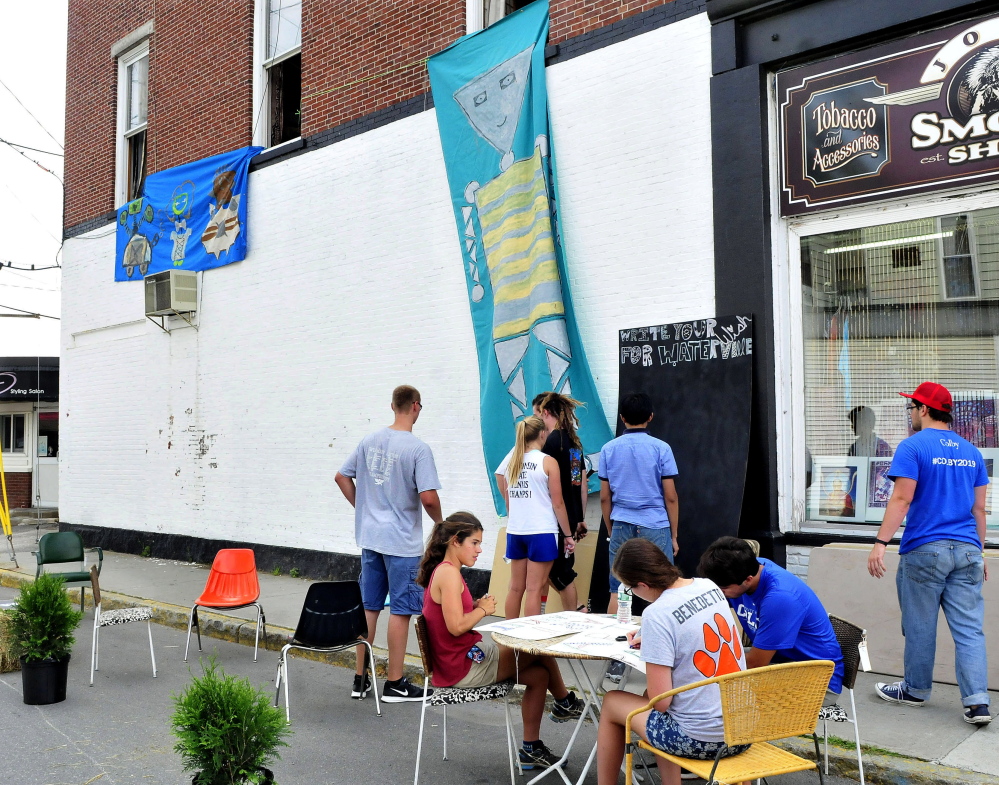
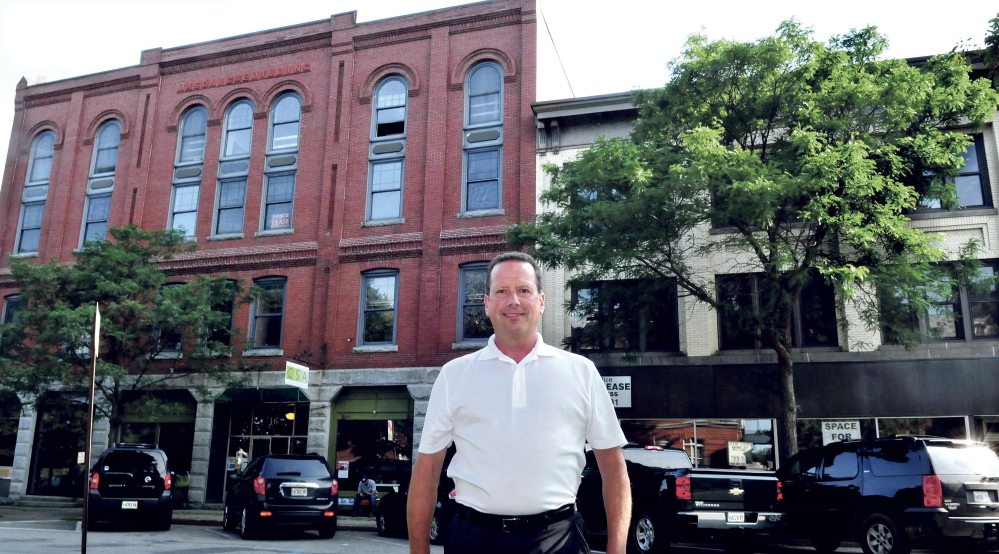
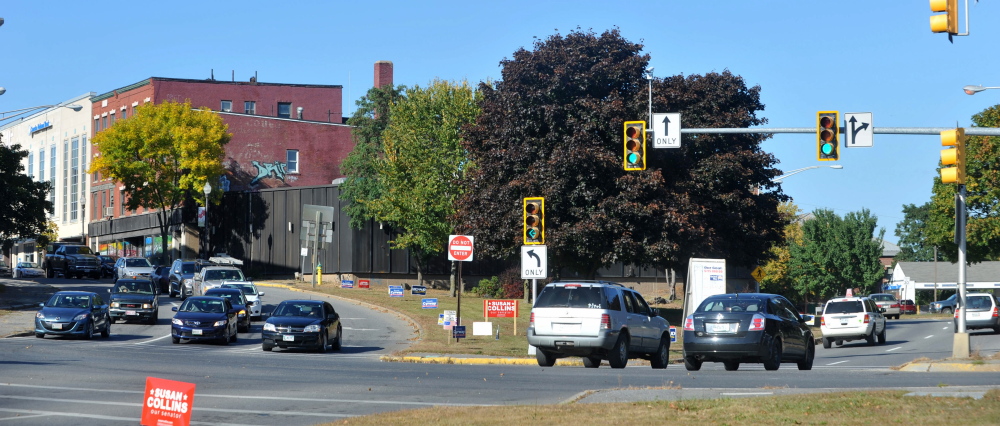
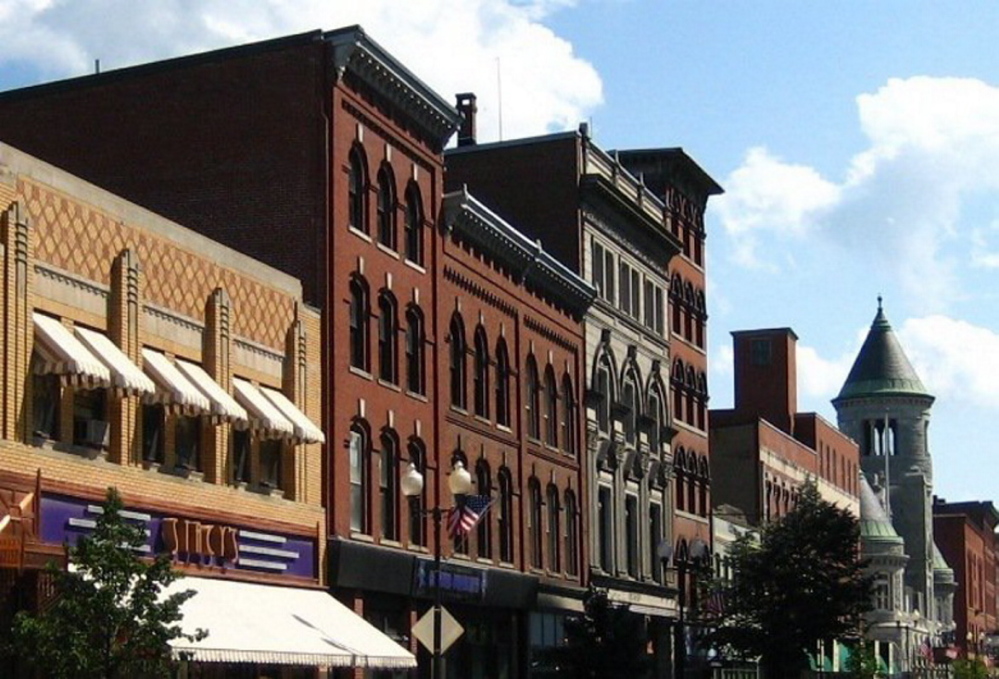
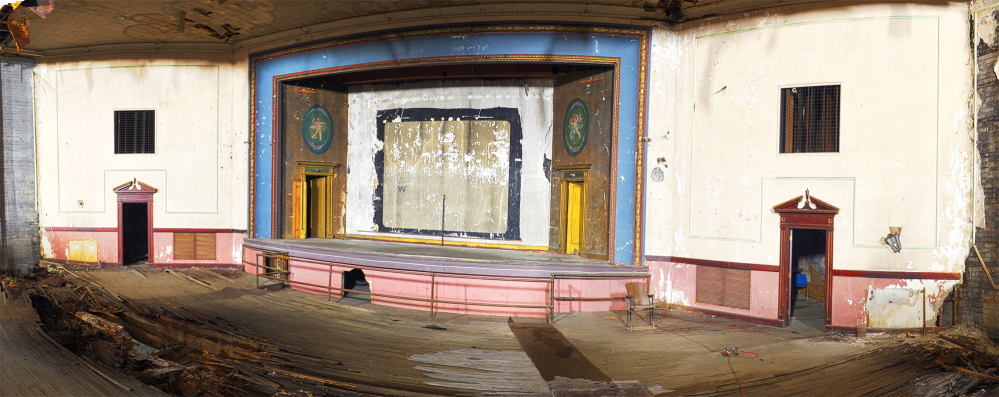
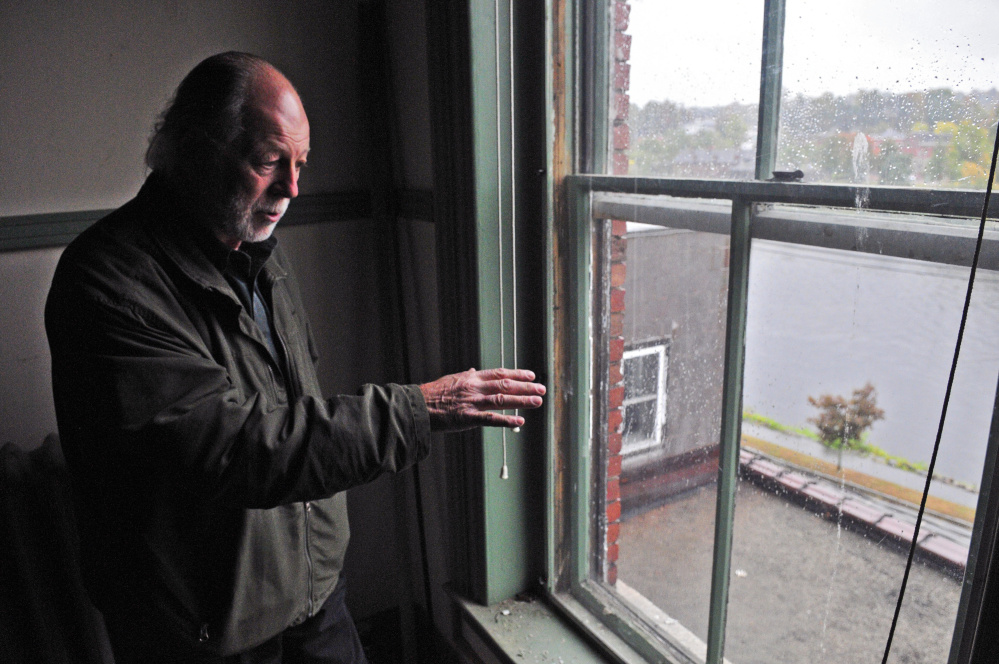


Success. Please wait for the page to reload. If the page does not reload within 5 seconds, please refresh the page.
Enter your email and password to access comments.
Hi, to comment on stories you must . This profile is in addition to your subscription and website login.
Already have a commenting profile? .
Invalid username/password.
Please check your email to confirm and complete your registration.
Only subscribers are eligible to post comments. Please subscribe or login first for digital access. Here’s why.
Use the form below to reset your password. When you've submitted your account email, we will send an email with a reset code.